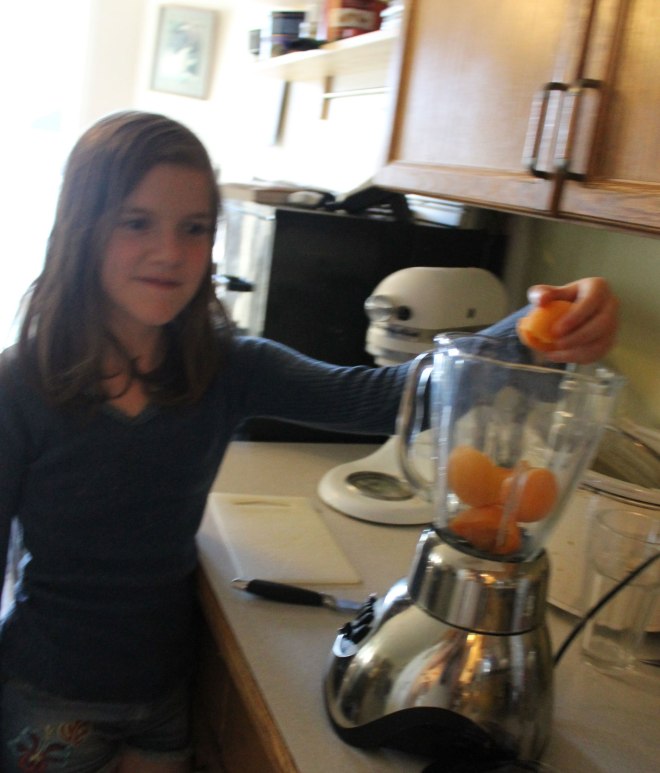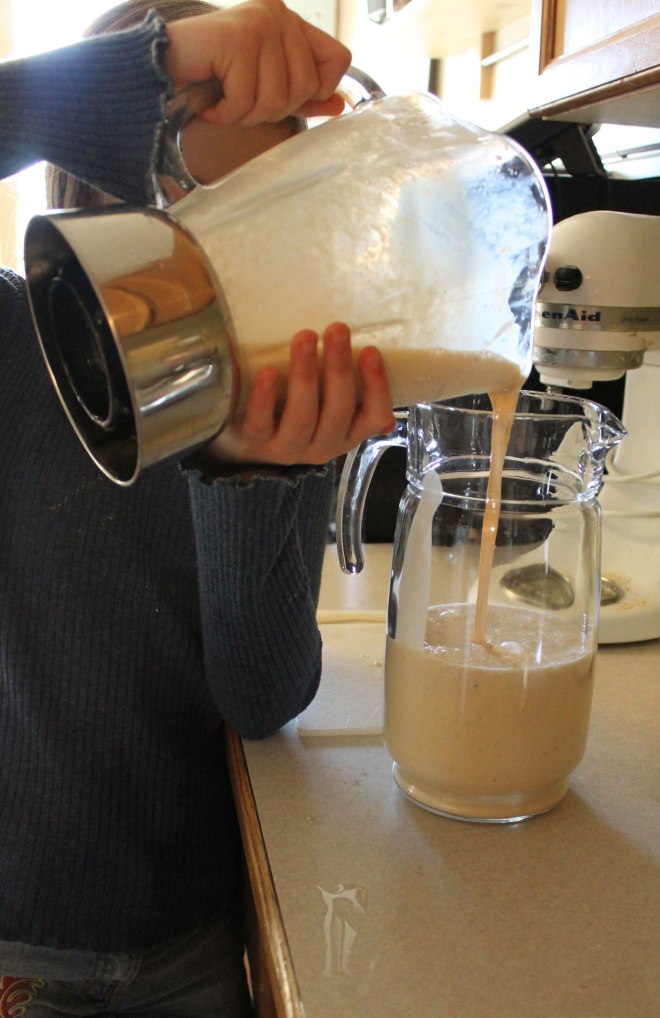Vindaloo, Vindaloo, Vindaloo, Vindaloo, na na
Vindaloo, Vindaloo, Vindaloo, Vindaloo, na na
Anyone remember the Vindaloo song from back in the 80’s? It was written and sung by a British band called Fat Les and was adopted as the unofficial anthem for the England World Cup team in 1998.
Why am I talking about this song? Because I made pork vindaloo for dinner, and I found myself humming it while cooking it…
Vindaloo is a spicy curry from the Indian city of Goa. The name Vindaloo is thought to derive from the Portuguese Vin d’ alho. Vin means wine, alho means garlic. And this is a curry that contains vinegar and garlic in large quantities….
In it’s Anglicized form, it is regarded as an incredibly hot dish, often eaten by “Real Men” after a night on the town – as in “are you man enough to drink 15 pints and eat a vindaloo”…
But it doesn’t have to be fiery hot – by making it yourself at home you can control the heat simply by reducing (or increasing!) the amount of chilli peppers that you add.
The main reason for making this was because I had taken 2 packs of pork butt steak out of the freezer and I decided that I fancied a hot curry – besides we haven’t had vindaloo in a very long time!
I based my recipe on one from Easy Indian Cooking by Suneeta Vaswani. It isn’t a specifically paleo cookbook, but a lot of the recipes are adaptable. This particular one is on page 102.

I had to make some adaptations to make it paleo – Vindaloo usually contains potatoes – and indeed this one does call for 1 cup of grated potato. I replaced that with diced rutabaga (I like the chunks). It also calls for 1/2 tsp of granulated sugar which I simply eft out, and I used coconut oil in place of the vegetable oil. I also left out the vodka. Other than that, I pretty much made it as it was.
I was a little disappointed with the heat level of this curry – it was barely hot at all. Not sure if it was my dried chillies or if I just need to add more of them.
This is an AIP stage 4 reintroduction recipe because it contains chilli peppers.
The presence of the chilli, pepper and cumin in this recipe mean that it cannot be altered to make it 100% AIP compliant. Black pepper and cumin are stage 1 reintroduction ingredients,
The raita contains yoghurt, which is a stage 3 reintroduction as this is a fermented dairy product.
When reintroducing foods on the AIP, I recommend this guide.
Pork Vindaloo
(based on a recipe on page 102 in Easy Indian Cooking by Suneeta Vaswani)
serves 6

2lb boneless pork (I used 4 boston butt pork steaks – mine had bones in so I simply cut them out)
1.5 tsp salt
10 dried red chillies (use more or less depending on how spicy you want it to be)
10 black peppercorns
10 whole cloves
1 cinnamon stick
1 tsp cumin seeds
1 tsp mustard seeds
10 cloves of garlic – peeled
1 piece of peeled ginger root – 1″ square
1 tsp apple cider vinegar
2 tbsp coconut oil
2 sliced onions (I actually added 2.5 as I had half a red onion kicking around so I used that too)
1/4 cup apple cider vinegar
1 small rutabaga – peeled and diced
1.5 cups bone broth or water
Instructions
This is the awesome pork I was using:

Take your pork, remove any bones and dice the meat into bite size pieces. Rub with the salt and set aside.
Take a blender and make a spice paste for the meat – add the chillies (you can remove the seeds to make it less spicy if you want – this curry wasn’t particularly spicy as far as I am concerned), the peppercorns, cloves, cinnamon, cumin seeds and mustard seeds. Grind to a powder. Add the garlic, ginger and 1 tsp vinegar. Blend to a paste. Rub into the pork, cover and set aside in the fridge for a couple of hours.
One you are ready to cook your meat, heat the oil in a pan over a medium heat. Add the onions and cook to a golden brown colour

Add the pork and brown it well for around 5 minutes. Then add the diced rutabaga.

Stir in the vinegar and 1.5 cups of water or bone broth (I used bone broth).

Mix well, cover and bring to a boil. Reduce heat to a simmer and cook until the pork is cooked and the rutabaga is tender – around 30 minutes.
I served this with Coconut Kale “Rice” and a raita.

Coconut Kale “Rice”
serves 6
1 small head of cauliflower
1 cup unsweetened coconut
1 bunch kale – chopped
3 green onions – chopped
2 tbsp coconut oil
1/2 can coconut milk
salt and pepper to taste
Trim your cauli and then blitz it in the food processor until it is tiny pieces that resemble grains of rice.
Mix in the coconut, kale and green onions.
Stir in the coconut milk and season to taste with salt and pepper.
And serve at once.
Heat the coconut oil in a wok or large skillet and add the cauliflower mixture. Toss and cook over a medium-high heat until it is all heated through, the kale is wilted and the cauliflower is tender.
Raita
serves 6
(based on a recipe on page 126 of An Indian Housewife’s Recipe Book)

The purpose of a raita is to cool the mouth down. The yoghurt it contains has fat in it, and it is the fat that helps cool your mouth down. This curry didn’t really need it as I was a bit disappointed with the heat level. It isn’t paleo becuse of the yoghurt. This is more a primal condiment.
I based this recipe on one in a very tatty cookbook I have owned since the early 90’s – An Indian Housewife’s Recipe Book by Laxmi Khurana. But again I made some changes. I didn’t add the chilli powder that was called for, and I added plenty of chopped mint for it’s cooling effect.

Ingredients
500ml (16oz) Greek yoghurt
90ml (3floz) milk
110g (4oz) cucumber – peeled and sliced
1 onion – chopped finely
1/2 tsp whole cumin seeds
1/2 tsp salt
1/2 tsp freshly ground black pepper
2 tbsp mint leaves – finely chopped
This particular recipe was cooked by C

Yes C really does wear that hat in the house all the time!
Peel the cucumber, remove the seeds and grate it.
Place in a dish and add all the remaining ingredients. Mix well and chill until needed.

Serve dolloped on top of hot curries.
After we were done making the raita, while we were waiting for the curry to cook, I took a photo of the hat that C had made using a knitting loom…























